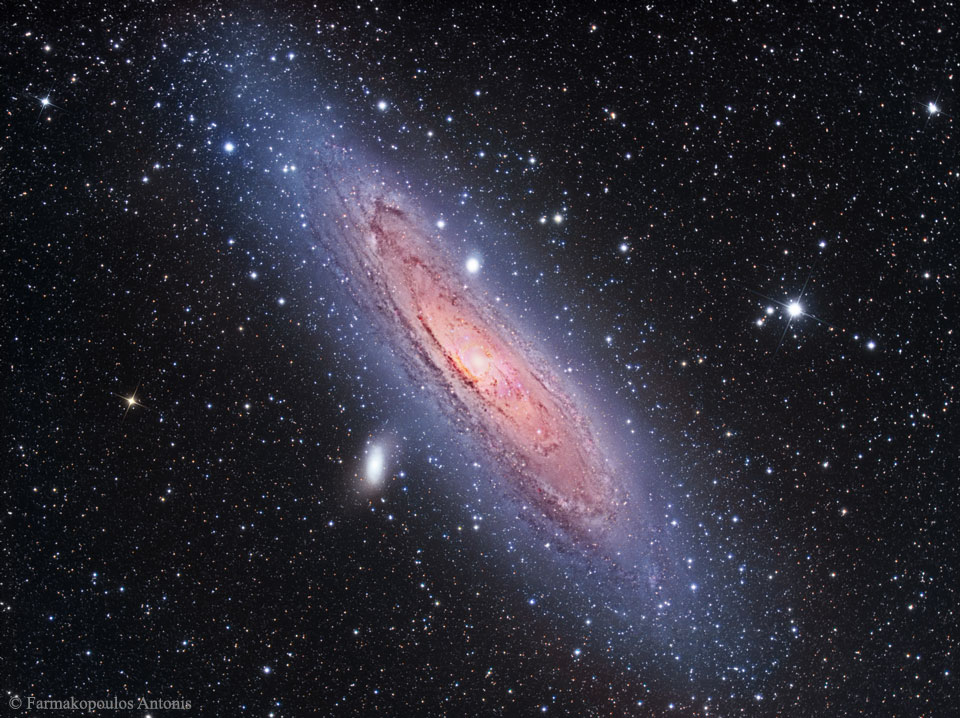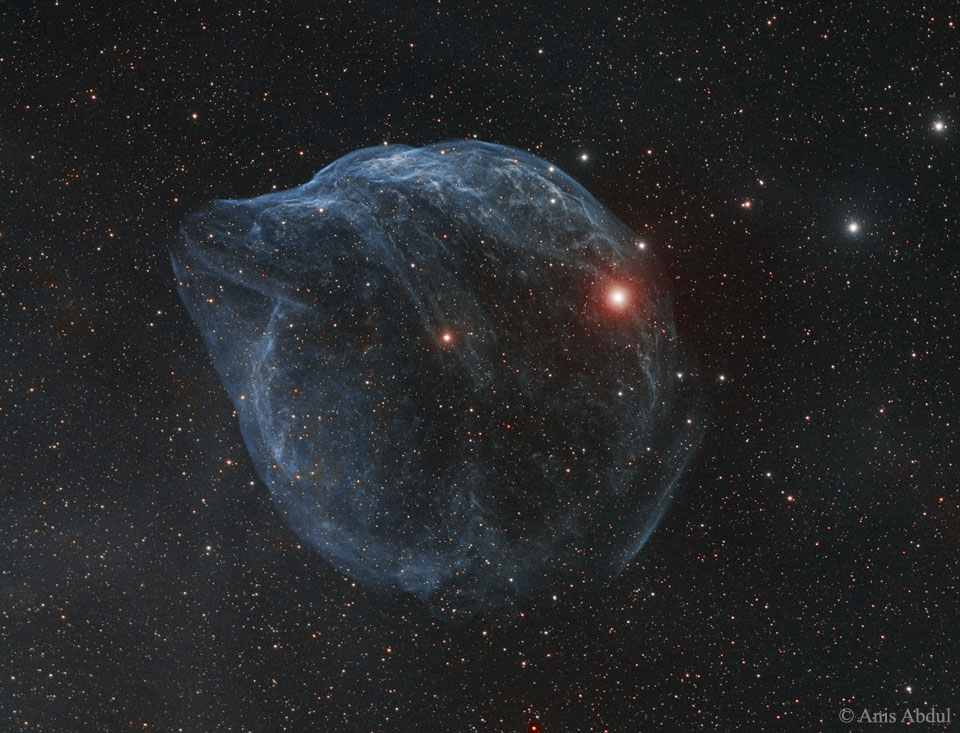by Robert Burns, 1788
Should auld acquaintance be forgot,
And never brought to mind?
Should auld acquaintance be forgot,
... ... And auld lang syne!
Chorus
For auld lang syne, my dear,
For auld lang syne.
We’ll tak a cup o’ kindness yet,
For auld lang syne.
And surely ye’ll be your pint stowp!
And surely I’ll be mine!
And we’ll tak a cup o’kindness yet,
For auld lang syne.
We twa hae run about the braes,
And pou’d the gowans fine;
But we’ve wander’d mony a weary fit,
Sin’ auld lang syne.
We twa hae paidl’d in the burn,
Frae morning sun till dine;
But seas between us braid hae roar’d
Sin’ auld lang syne.
And there’s a hand, my trusty fere!
And gie’s a hand o’ thine!
And we’ll tak a right gude-willie waught,
For auld lang syne.
NJ2X.COM Kindle edition is now available.








